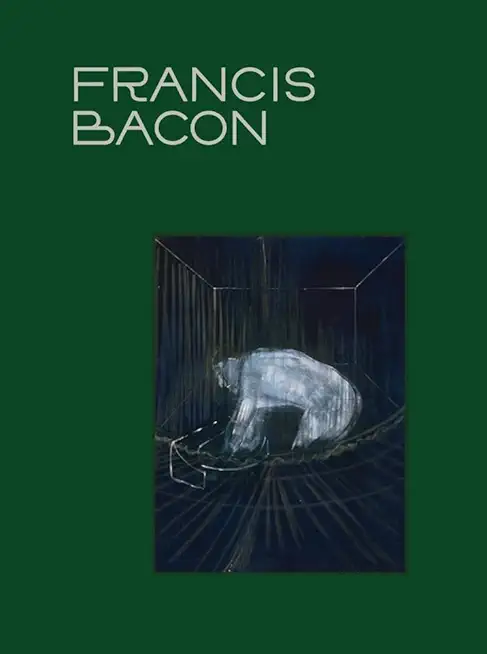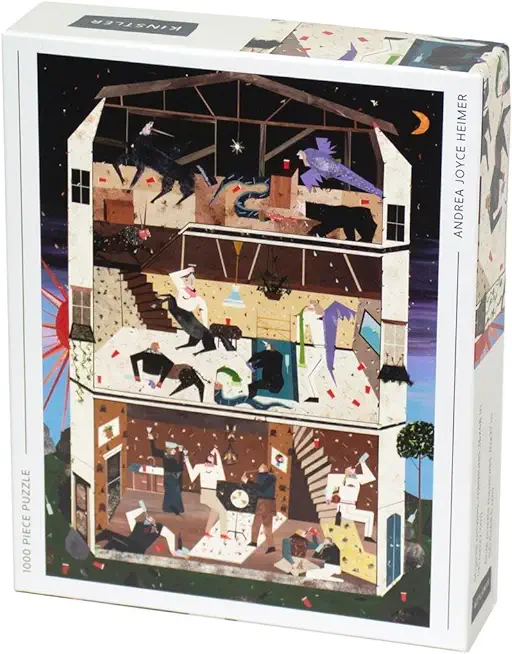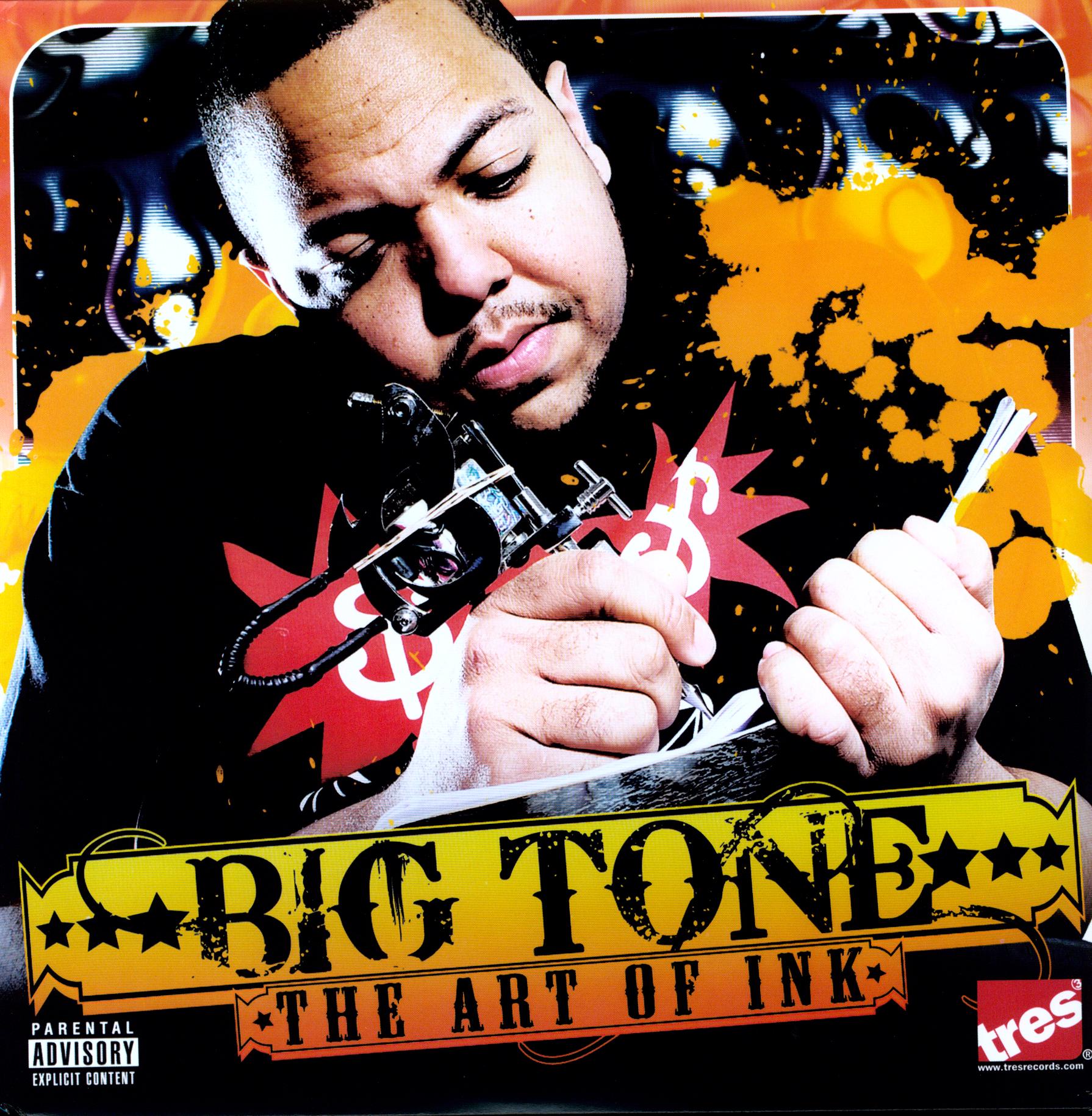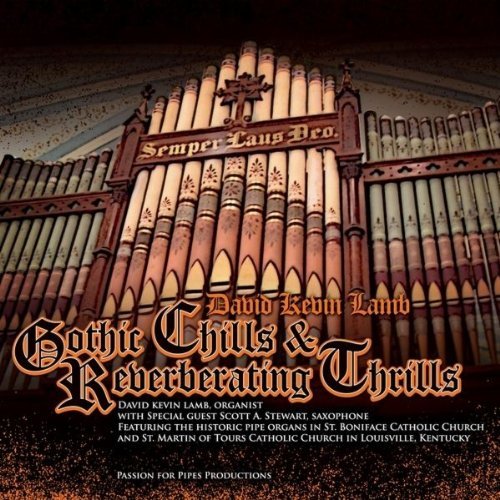
Francis Bacon is considered one of the most important artists of the 20th century, best known for his distinctive way of portraying human figures. Especially in his male portraits and nudes, the physicality of the body--skin, flesh, muscles--is translated by the artist into thick, oily textures, giving the figures almost abstract shapes. Flashes of teeth, torsos and rib cages underscore Bacon's visceral philosophy regarding the human form. As the artist famously said: "We are meat, we are potential carcasses. If I go into a butcher's shop I always think it is surprising that I wasn't there instead of the animal."
Beyond their carnal overtones, these paintings unite a wide variety of influences, revisiting canonical themes and combining references to the great masters of painting with Bacon's own perceptions of the male body. Both his biography and oeuvre were permeated by the presence of his lovers, with whom he established intense and turbulent relationships. Francis Bacon: The Beauty of Meat accompanies the 2024 exhibition at the Museu de Arte de São Paulo, exploring the queer aspects of the artist's work and highlighting how Bacon, with his innovative and impactful painting, paved the way for queer presence in visual culture.
Born in Ireland, British painter Francis Bacon (1909-92) worked in furniture design and interior decoration until 1945, when his career as a painter took off. He enjoyed colossal success in his lifetime, especially as part of a London cohort that included such contemporaries as Lucian Freud and John Deakin.







